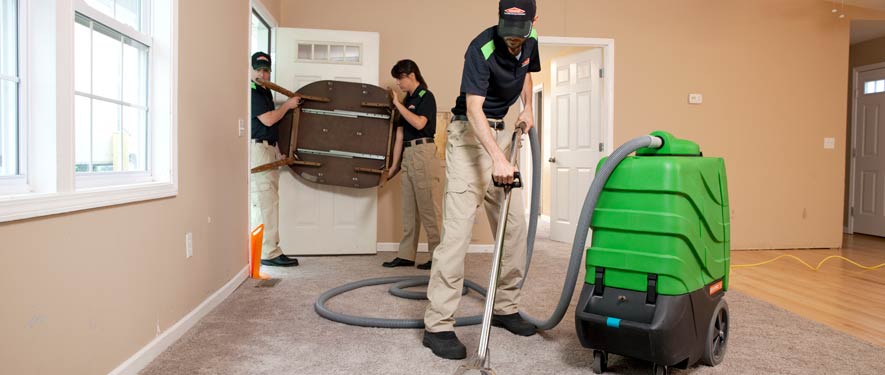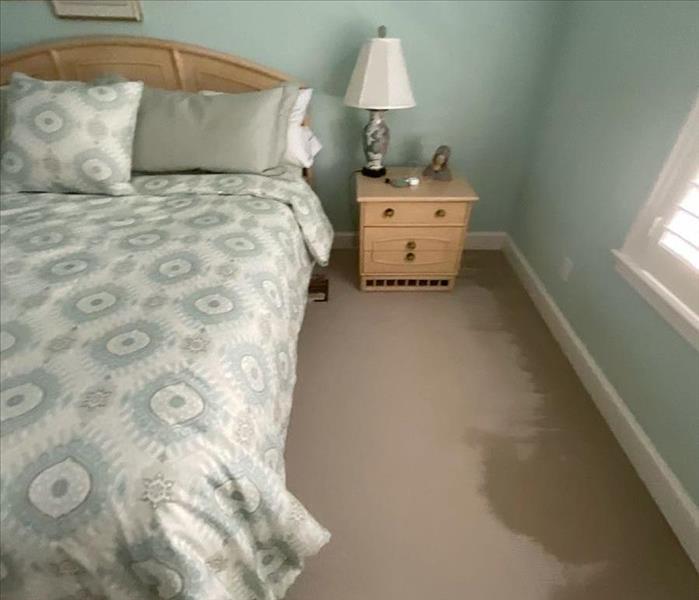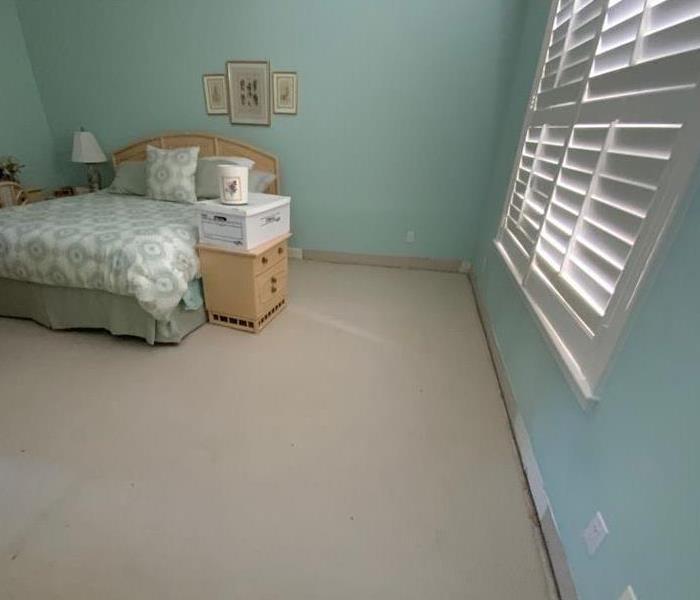
Step 3: Water Removal / Water Extraction
After the damage is inspected and the scope of the work is defined, we can begin the water extraction process. Our team at SERVPRO of Vero Beach follows IICRC guidelines for restoration and water removal and we continue to innovate and learn how to better serve you. If there is standing water, our team uses a variety of techniques and equipment to better suit your unique situation. Depending on the type of flooring, there are different courses of action for us to take. During the water extraction process, our technicians use a truck-mounted vacuum and powerful pumps and vacuums to remove the majority of the water. Besides our wonderful team, our truck-mounted vacuum is one of the best assets we have for the water restoration process.
Move-Out / Pack-Out
If your home requires extensive restoration or cleaning, SERVPRO of Vero Beach can conduct an organized, efficient move-out to protect your belongings from further damage.
- Move-Out Service
Emergency Water Removal
Our highly trained technicians will begin the water removal process almost immediately. Depending on the amount of water, we may use powerful submersible pumps in addition to industrial strength, wet/dry vacuums. Removing most of the water helps reduce drying time and helps prevent secondary water damage and mold and bacterial growth.
- Remove Excess Water
- Use Submersible Pumps and Industrial Wet/Dry Vacuums
Inspect the Carpet Pad and Carpet
We inspect the carpet and pad and determine if they should be removed to protect the subfloor.
- Inspect Carpet Pad and Remove If Needed
- Inspect Carpet and Remove If Needed
Water Removal Equipment
- Moisture detectors, hygrometers, and other meters measure the extent of moisture saturation.
- Infrared cameras may be used to find “hidden” water behind walls and ceilings.
- Submersible and gas-powered pumps are used for continuous pumping of high-level water.
- Truck-mounted and portable extraction units perform efficient water removal.






 24/7 Emergency Service
24/7 Emergency Service




